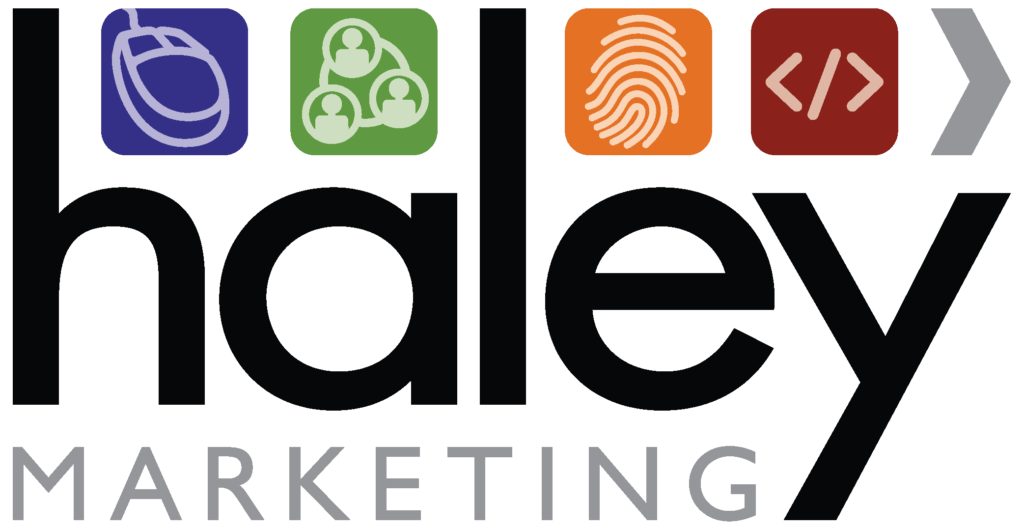Programmatic advertising is fairly common in many industries. Less so in the talent management business, but it is on the rise. Why? Because especially in today’s unprecedentedly challenging job market, it offers invaluable opportunities.
For starters … what is programmatic advertising, exactly?
By definition, “programmatic” means “of the nature of or according to a program, schedule or method.” When applied to advertising, sticking to a strategic method or schedule provides more control, so it makes sense. Programmatic advertising uses machine learning and artificial intelligence (AI) to make better decisions and serve your ads to the candidates most likely to engage with your content.
- Effective job advertising boils down to making data-driven, performance-based hiring decisions. The differentiator of programmatic advertising is algorithms, which read your information and then use it to determine exactly which job boards to use, so you reach the right prospects at the right time.
- Programmatic advertising can be invaluable in achieving an increase in applications without a related increase in cost. It can save you significant time and money, as algorithms are capable of making decisions faster than any human could.
- It’s not a panacea. Programmatic advertising generally works best with professional and skilled trade jobs, versus high-volume click-and-apply positions. It shows where to post jobs at the lowest possible cost while achieving the quality and quantity of candidates you need. It also enables you to test new job boards without making a long-term commitment.
Okay, I’m listening. Tell me more …
Plan to use programmatic advertising as one of the essential tools in your arsenal as you monitor and balance all your metrics to control spending and maximize your ROI.
- Programmatic advertising is applied in a rules-based format. This means you can set parameters at the start of a campaign, and the software will follow them. For example, you can set up an automated building strategy to increase applications for a specific job. Let’s say you set a goal of 10 applicants for an IT job in Buffalo by the end of one week – but you only get four. The software will automatically up the ante to keep bidding open, without your team having to do anything.
- Expanding on the above example: If you have five unique IT jobs, versus only one, and if after a week, Job 1 has 20 applicants but the other four have two or less, you can direct the software to stop spending money on a job after your goal on it has been met. This eliminates wasted spend. You can even shift your spend to redistribute it to your underperforming positions.
- The programmatic platform uses its AI to look at job titles and other indicators and then push a job to specific boards and websites that will drive the most conversions. Some platforms will even provide an estimate of views and applications after analyzing your jobs and budget.
- The AI continues to learn. It watches candidate behavior and continues to make better decisions.
Want to hear more?
If you’re ready to move forward with programmatic job advertising, or want to explore the concept further before planning further, contact the recruitment experts at Haley Marketing today. We’re here to answer your questions and/or set up a free, 30-minute introductory focus call.

